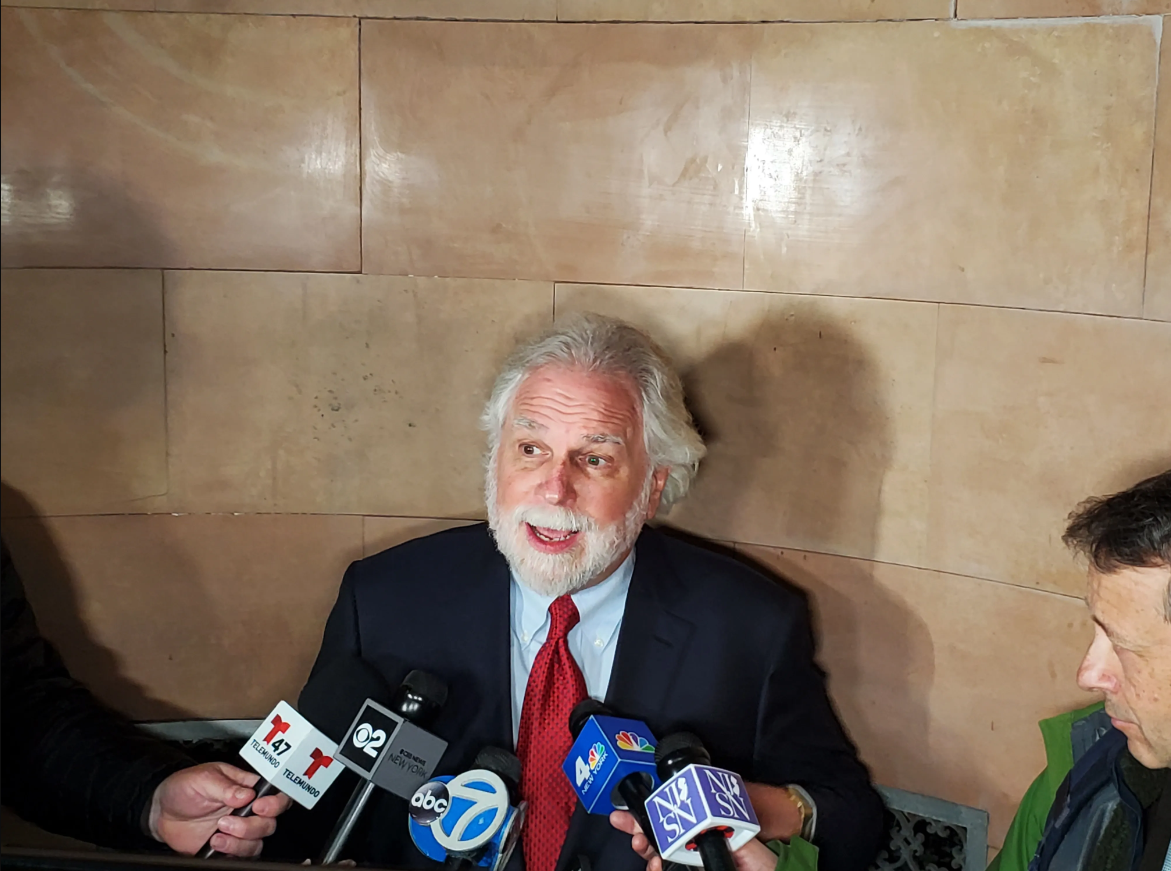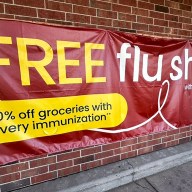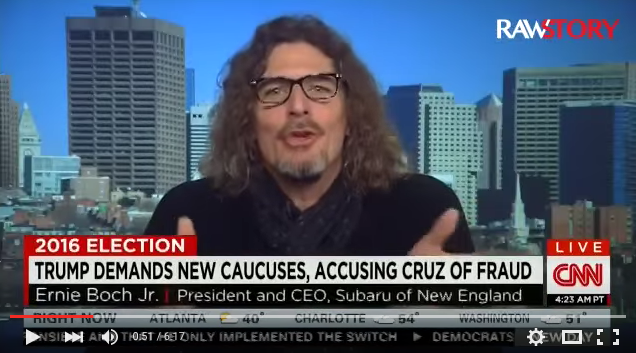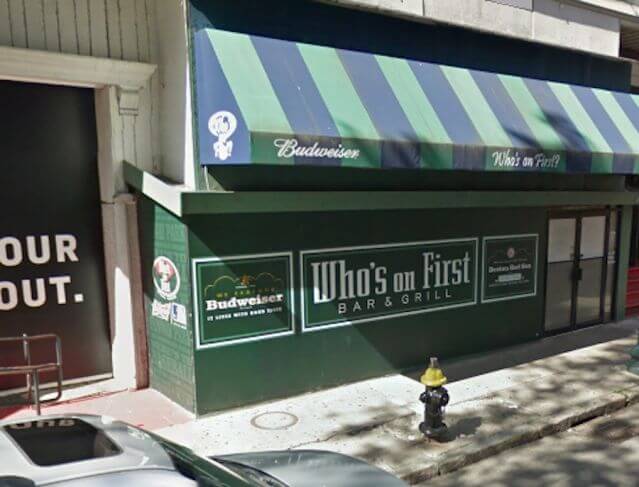Boston’s cobbled, windy streets are tough enough for bicyclers during the city’s warm weather months, but sprinkle in some snow, and the already treacherous endeavor becomes that much more risky. BostonBiker.org summed up the winter experience by saying ”in the winter the sidewalks and bike paths become a hellish nightmare of ice and snow. It’s really not worth it to even think about riding on them.” That means that the two options are to skip biking entirely and find another way of getting around, or risking life and limb in the bike or car lanes.
Related: Man shot over parking spot in Dorchester “This speaks to priorities of the city,” Ken Carlson, chair of the Somerville Bike Committee told Metro.”Minneapolis is the number two city in the country to bike and they get far more snow than we do. It would be nice to have more proactive cleaning of bike lanes from the city. Last year, bike lanes were non-existent. They basically disappear during snowy conditions and the days and weeks after.” According to the Boston Cyclist Safety Report, most of the bike accidents occur during the warmer months, and tend to be bike versus vehicle incidents. Between 2010 and 2012, most of the collisions took place in “favorable weather.” But the number of people willing to bike also declines during the winter. Experts and advocates have a laid out suggestions and strategies for those brave enough to try their luck on the pothole-riddled, slush-covered, black ice-laden roads. Having the proper brakes, tires and handling skills make the difference between getting to a destination versus wiping out. Related: Pregnant teen dies after shoveling “The bike lanes often aren’t cleared as well as the car lanes,”said Becca Wolfson of the Boston Cyclist Union. “Bikers have to be ready to take the car lanes, which means they need to be extra vigilant. The brakes aren’t there to stop you, they’re there to slow you down, so it’s a lot safer to go slower during the winter months.” Other small details, like checking if your brakes are frozen before riding, riding in a straight line, and sitting on the seat to keep a lower center of gravity are common suggestions meant to ensure rider safety. Taking the time to practice riding in winter conditions on weekends and during the non-rush hour hours also helps familiarize bikers with navigating black ice, potholes and other obstacles. “Potholes are probably the biggest concern,” Wolfson said. “They have the potential to do the most damage. Luckily, the city is pretty good at responding to reports of potholes through their 311 program and the SeeClickFix app.” Both Wolfson and Carlson said that the bridges over the Charles River are the most hazardous routes they and their fellow riders encounter.
“Crossing the Charles River on the Mass Ave bridge or the Longfellow Bridge are critical conduits of biker traffic and those are places that need a lot of attention,” Carlson said.
“The Mass Ave bridge was pretty much never clear last year,” Wolfson said. “It’s a tight squeeze and can be overwhelming, but it is doable if you are prepared.”
Boston winter biking ‘a hellish nightmare’
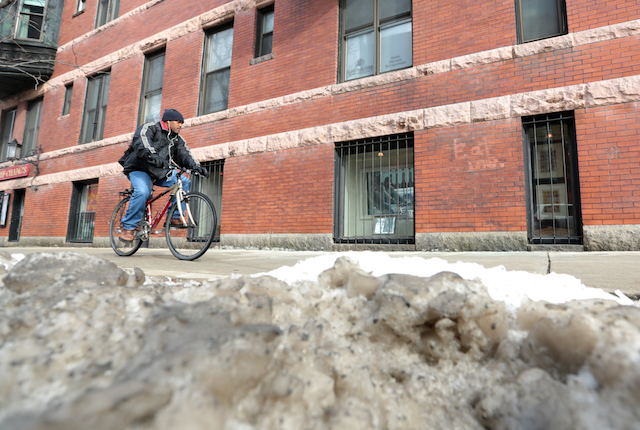
Nic Czarnecki/Metro Boston








